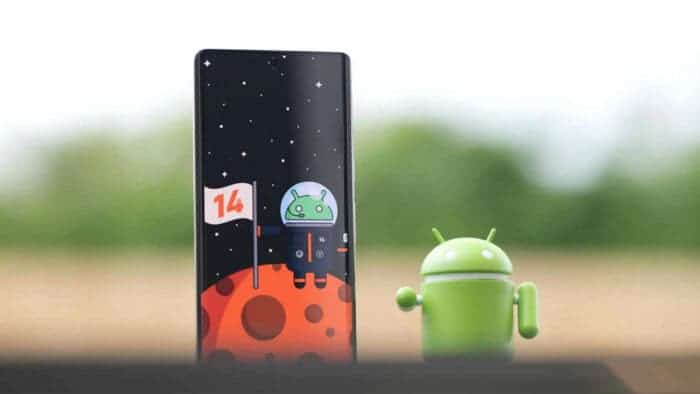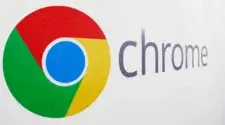Google’s latest Android 14 system will come with many new features that will make it stand out. However, users who like to take photos and engage in content creation will have a big share of the Android 14 cake. The latest version of the Android operating system will introduce a new photo format for capturing images called Ultra HDR. Undoubtedly, the new Ultra HDR is a major talking point of this system. Many mobile phones, mostly high – end device supports 10-bit HDR video. However, Ultra HDR level images are still rare. This new format allows images to be captured in the backwards-compatible JPEG format, but with a dynamic range beyond 8 bits. This will allow cameras to capture photos with even more stunning detail in shadows and highlights.
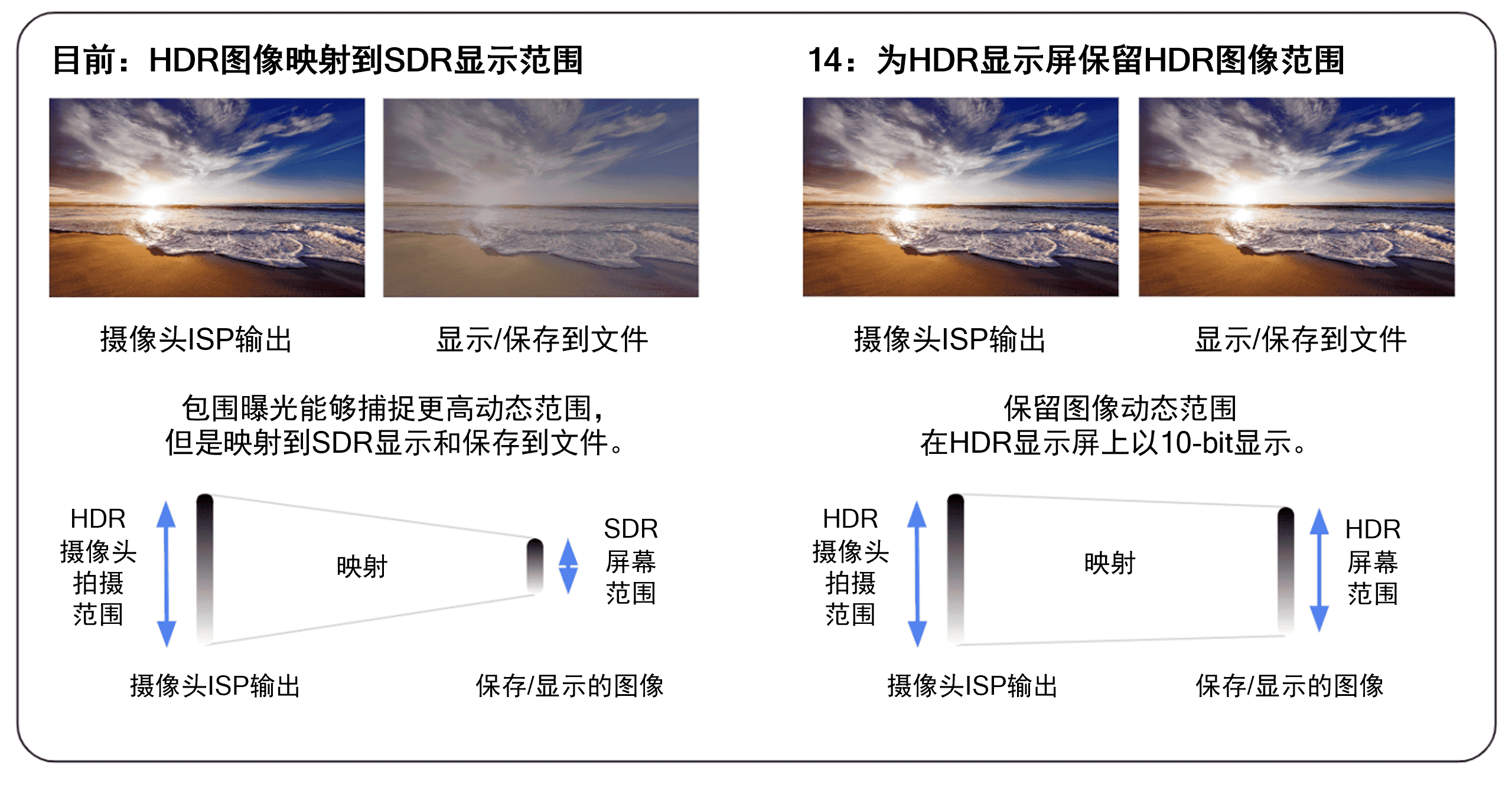
The Ultra HDR format offers a novel idea of including a standard 8-bit JPEG compressed base image in the file. This file has links with another smaller resolution JPEG image with gain mapping. These will be utilized for HDR reconstruction metadata. The decoding of Ultra HDR images can be performed through a series of different rendering formats from full SDR to full HDR. However, the final rendering method is adaptive. This depends on hardware and software devices, display and other features of the phone.
It also has the advantage of complete backward compatibility, that is, even if hardware devices and apps cannot recognize the HDR in the file, it can be parsed and displayed as a normal SDR JPEG file.
Google hopes to bring more to Android 14 phones
While Android 14 supports the Ultra HDR photo format, Google also cooperated with Qualcomm to make full use of the advanced 18-bit ISP function of the Snapdragon chip to perfectly support and display 10-bit HDR content. Qualcomm thus becomes one of the first platforms in the world to support Ultra HDR photo shooting. It can unleash the full potential of photos when accessing uncompressed, unprocessed 16-bit RAW photos.
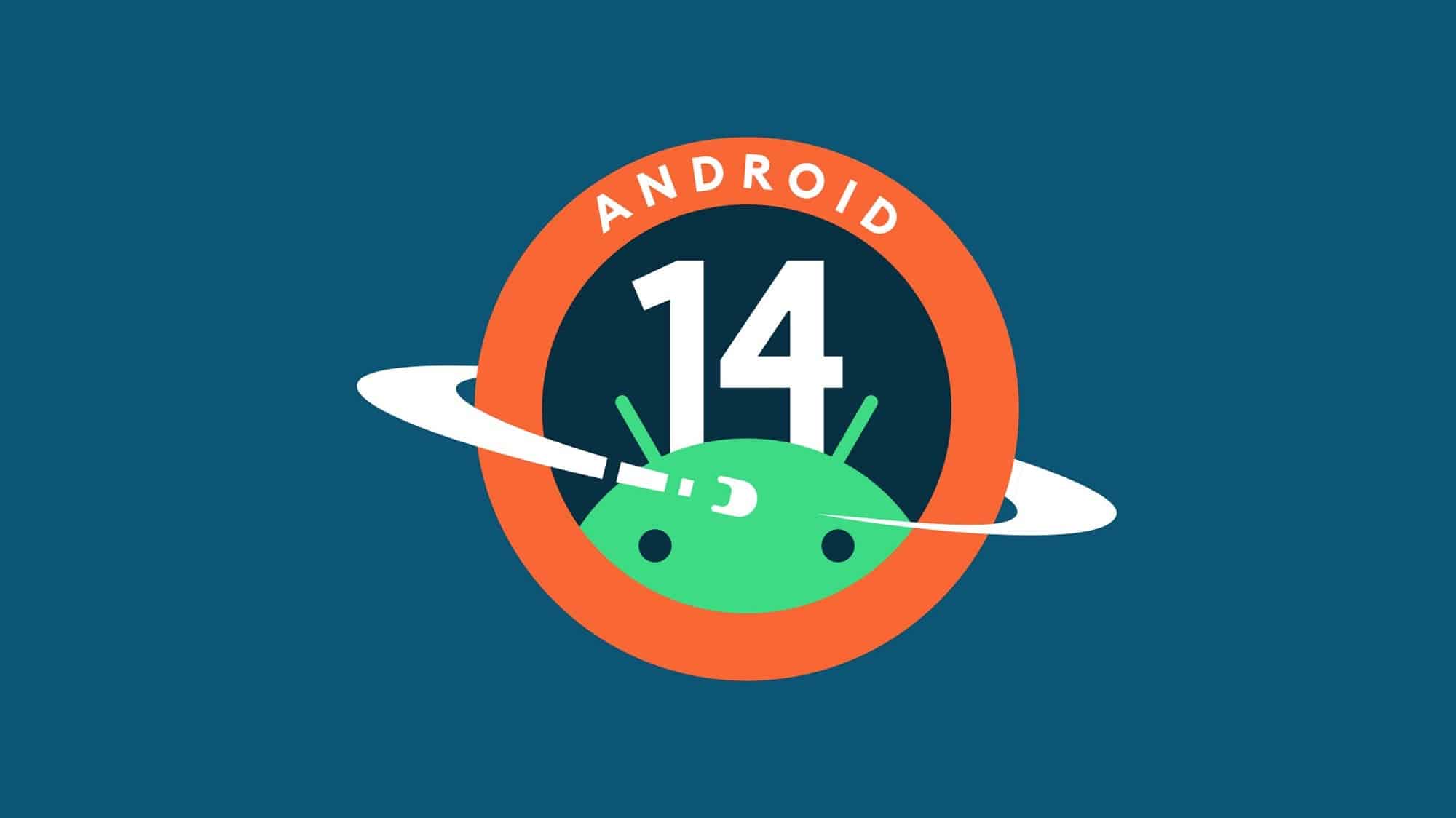
The Snapdragon mobile platform has always been a leader in supporting HDR. For example, the Snapdragon 888 is the first chip to support 10-bit colour depth HEIF format photos. It can display more than 1 billion colours.
In terms of HDR video shooting, the Snapdragon 845 uses the first mobile ISP that supports 4K HDR video shooting. The Snapdragon 855 adds support for the HDR10+ format while the Snapdragon 865 uses the world’s first ISP that supports Dolby Vision video shooting. Also, the Snapdragon 8 Gen1 features the first ISP to support 8K HDR video capture on mobile phones.
Gizchina News of the week
What is Ultra HDR?
Ultra HDR is a new photo format that offers more realistic stills thanks to a greater range of brightness, colors, and contrast. It is backward compatible with JPEG, which means that pictures taken with it can be saved in the original 10-bit high dynamic range and then viewed as such on premium devices when Android 14 rolls out. Google expects it to be the default format on both the built-in camera app and any in-app camera views. Google Photos will support Ultra HDR for display, backup, editing, sharing, and downloading.
Features of Ultra HDR
One of the most significant features of Ultra HDR is its ability to capture 10-bit high dynamic range (HDR) photos that retain more image data and allow for more post-processing flexibility. This means that even if your device does not have an HDR display, you can still see the benefits of Ultra HDR photos. As long as there is enough processing power available, Ultra HDR will support the capture of 10-bit HDR photos.
Another feature of Ultra HDR is its backward compatibility with JPEG. This means that pictures taken with Ultra HDR can be saved in the original 10-bit high dynamic range and then viewed as such on premium devices when Android 14 rolls out. This is a significant advantage over other HDR formats that require special software or hardware to view.
Google is also working with Qualcomm and others to optimize hardware capabilities, along with a collaboration with Chrome to make Ultra HDR available on other form factors. This means that Ultra HDR will be available on a wide range of devices, from smartphones to tablets to laptops.
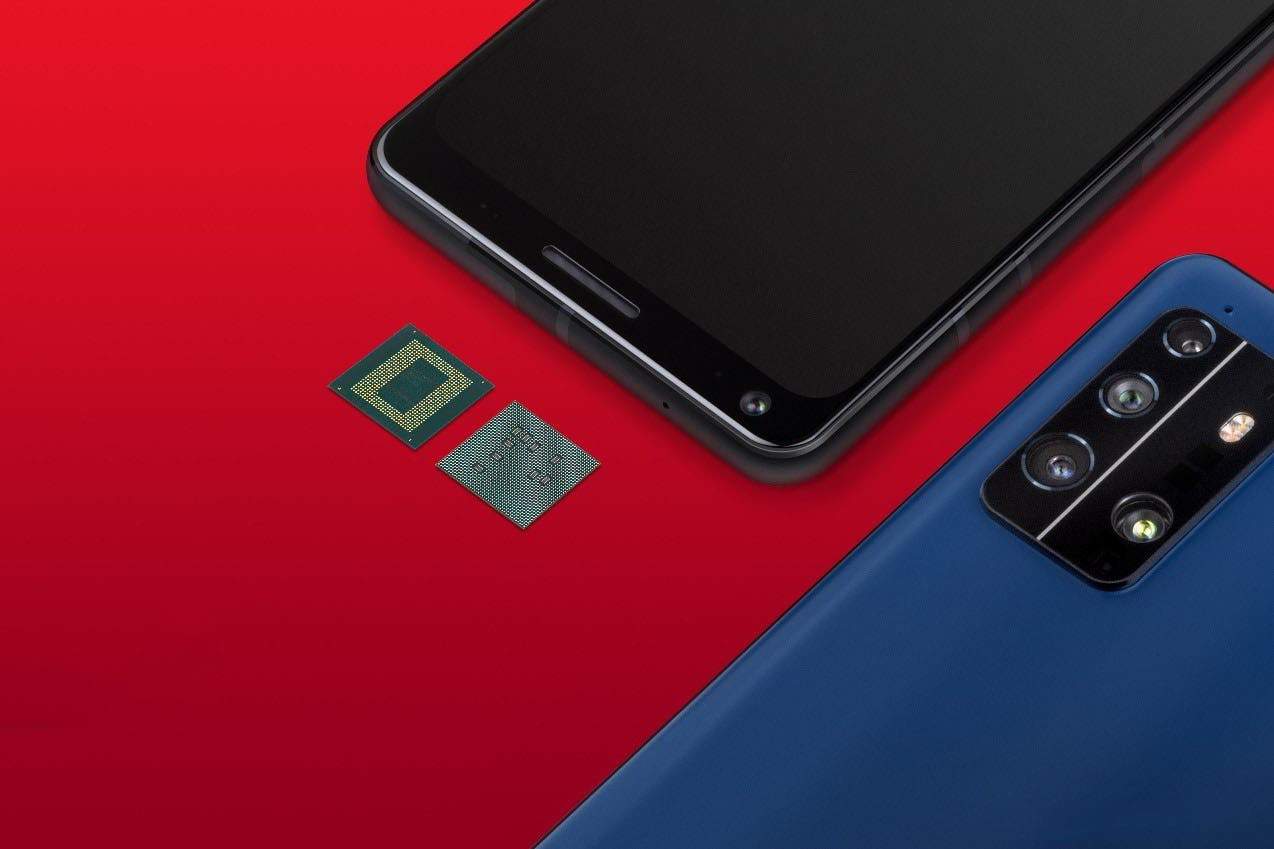
Benefits of Ultra HDR
The benefits of Ultra HDR are clear. With its ability to capture more image data, Ultra HDR photos offer more post-processing flexibility. This allows users to adjust brightness, contrast, and color range to create stunning images. The backward compatibility with JPEG also means that Ultra HDR photos can be viewed on a wide range of devices, making it accessible to a broad audience.
Final Words
Mobile phone cameras are a major aspect and they can be upgraded on the hardware or software front. Google is doing all it can on the software front to ensure that Android devices get the best camera system. Android 14’s new Ultra HDR format is a significant step forward in mobile photography. With its ability to capture more image data and offer more post-processing flexibility, UltraHDR photos are sure to impress. The backward compatibility with JPEG also means that UltraHDR photos can be viewed on a wide range of devices. This makes it accessible to a broad audience. Google will work with hardware brands to optimize hardware capabilities. Thus, we can expect to see even more impressive features in the future.
What do you think about this new feature? Will it be a major addition to the Android 14 system? Let us know your thoughts in the comment section below

